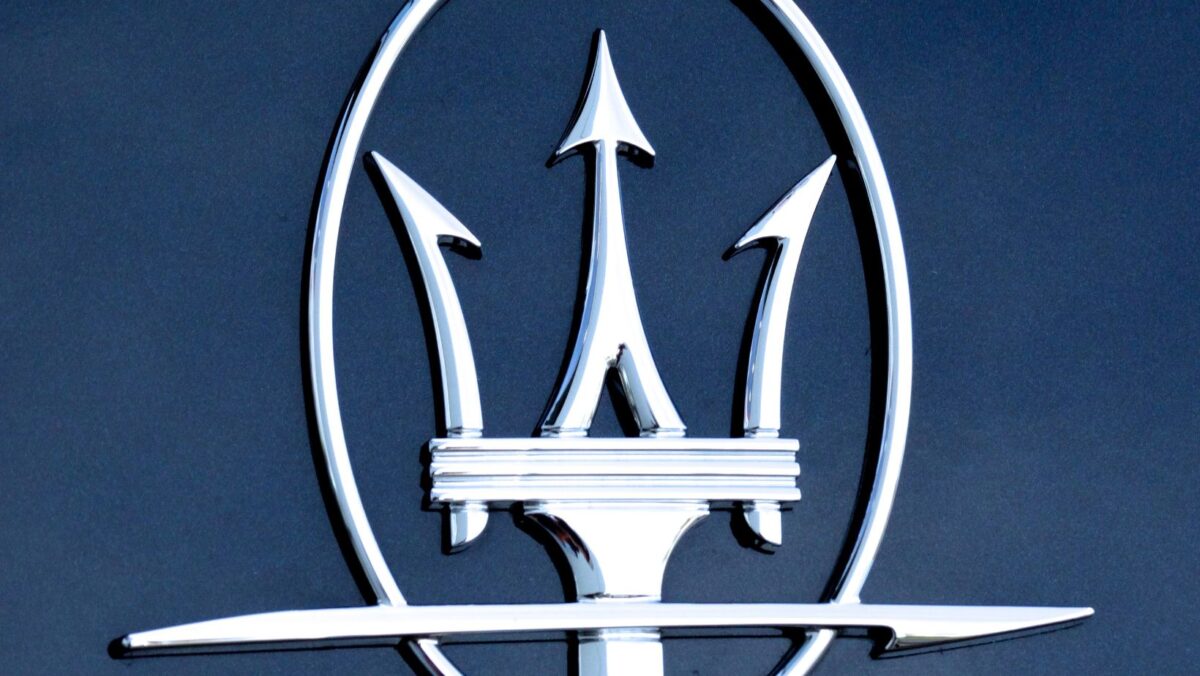When we think of a brand, often the first thing that springs to mind is its logo. This visual hallmark is not just a random design; it embodies the essence of the company, conveying its values, identity, and professionalism to the world. A well-crafted logo can elevate a brand, making it memorable and distinguishable in a sea of competitors. Just as tools that Enhance Your Business Meetings improve communication and leave a lasting impression in professional settings, a strong logo forms an instant connection with the audience. It’s about more than just visual appeal—it’s about creating a lasting bond at first glance.
The Power of First Impressions
A logo serves as the face of a company, encapsulating its identity in a single, visual representation. Consider the Apple logo: its sleek, minimalist design mirrors the brand’s emphasis on simplicity and innovation. This iconic emblem is instantly recognizable worldwide, demonstrating how a logo can transcend language and cultural barriers. Similarly, the McDonald’s golden arches evoke a sense of warmth and familiarity, reinforcing the brand’s image as a welcoming, family-friendly space. These examples highlight the logo’s crucial role in making a lasting first impression, setting the tone for the customer’s entire experience with the brand.
In addition to embodying a brand’s identity, a logo also plays a pivotal role in brand recognition. A distinctive logo can significantly enhance a brand’s visibility, making it easier for customers to identify and remember. Nike’s swoosh, for instance, symbolizes motion and achievement, attributes closely associated with the brand’s athletic products. This simple yet powerful design stands out in the crowded marketplace, helping Nike maintain a strong, recognizable presence.
The Importance of Color and Design
Colors wield immense power in logo design, as they can evoke specific emotions and associations in the viewer. The color red, used by brands like Coca-Cola and Netflix, often represents excitement, passion, and energy, capturing the viewer’s attention and stimulating a sense of urgency. On the other hand, blue, seen in logos for IBM and Facebook, conveys reliability, trust, and professionalism, fostering a sense of security and trust in the brand. This strategic use of color can significantly influence customer perception, making the selection of the right color palette a critical consideration in logo design.

The design elements of a logo, including its shape, typography, and imagery, also play a crucial role in conveying the brand’s message and values. For example, the Amazon logo includes an arrow that curves from the letter A to Z, implying that they provide a vast selection of items, covering everything from A to Z and prioritizing the happiness of their customers. Similarly, the FedEx logo, with its hidden arrow between the E and X, hints at speed, precision, and forward direction, reflecting the brand’s commitment to efficient delivery services. These clever design choices not only enhance the logo’s visual appeal but also deepen the brand’s narrative, making it more engaging and meaningful to the audience.
Explore solutions for logo generator tools that can help create a professional-looking logo for your brand. Some popular options include: Adobe Illustrator, Canva, and Logojoy. Adobe Illustrator is a powerful vector graphics editor that allows users to create custom logos from scratch. Canva is a user-friendly graphic design platform that offers a wide range of templates and design tools. Logojoy is an AI-powered logo generator that uses a quiz-like interface to help users create custom logos. Other options include Wix Logo Maker, Tailor Brands, and Hatchful, each with their own unique features and benefits.
The Strategic Role of Logo Design in Marketing
Effective logo design transcends mere aesthetics, embedding itself in the minds of consumers and influencing their decisions. For instance, a well-designed logo might make someone more inclined to play online casino games on a platform that appears trustworthy and fun, compared to one with a less appealing logo. This shows how a logo can play a critical role in the consumer’s decision-making process, guiding them towards certain actions, like choosing one messaging app over another due to its more appealing and recognizable logo.

Also, a well-designed logo can enhance a brand’s marketing efforts by fostering brand loyalty and emotional connection. A logo that resonates with the audience on an emotional level can turn casual consumers into loyal customers. This emotional bond is especially crucial in sectors where personal identity and lifestyle are key factors in consumer choices. For example, brands like Harley-Davidson have logos that not only represent the product but also symbolize a particular lifestyle and set of values, deeply connecting with their audience’s identity and aspirations. Such logos become badges of pride, worn and displayed as symbols of personal belief and affiliation. This level of emotional engagement is a potent tool in building a strong, loyal customer base, underlining the logo’s vital role in a comprehensive marketing strategy.

